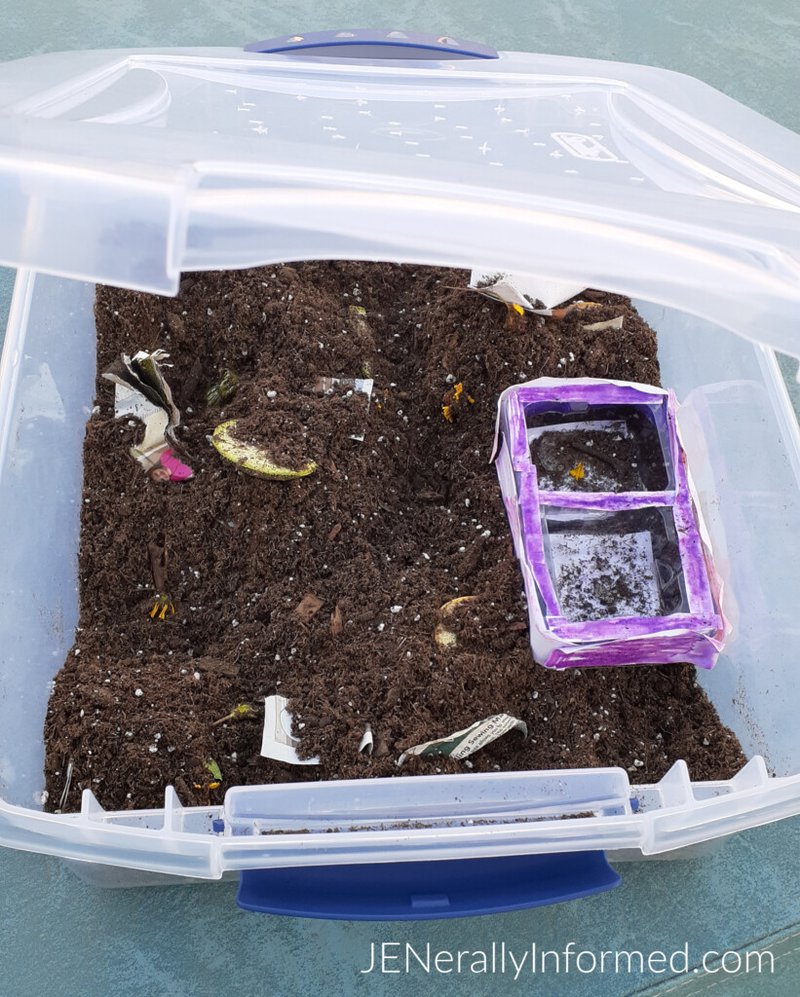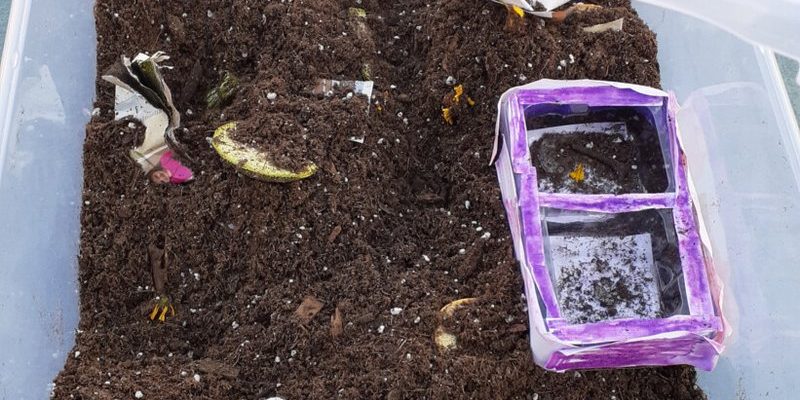
So, how do you go about crafting this inchworm haven? Honestly, it’s easier than you might think. You’ll be using plants, rich soil, and a bit of your creativity to design a space that not only nurtures these little critters but also provides you with a front-row seat for observation. Let’s dive into the nitty-gritty of creating this enchanting habitat!
Understanding Inchworms: Nature’s Little Architects
Inchworms are the larvae of moths, primarily from the Geometridae family. What makes them so enchanting is their unique way of moving, inching along by looping their bodies. They can easily camouflage themselves among leaves, making them a fun challenge to spot. Here’s the thing: inchworms are not just fun to observe; they play a vital role in the ecosystem as herbivores and as a food source for birds and other creatures.
Creating a habitat garden for observing inchworms means understanding what they love. Inchworms thrive in areas with plenty of plants, especially trees and shrubs, where they can munch on leaves. If you choose the right plants, you’ll not only attract inchworms but also encourage a variety of other wildlife.
Choosing the Right Plants for Your Garden
When it comes to your inchworm garden, plant selection is key. Inchworms are particularly fond of certain trees and shrubs. Some of their favorites include:
- Oak trees
- Maple trees
- Apple trees
- Birch trees
- Willows
By planting these species, you create a welcoming environment that inchworms simply can’t resist. Besides trees, consider adding native flowering plants and hosts for moths to enrich biodiversity. Native plants attract not only inchworms but also other beneficial insects like butterflies and bees.
Now, let’s think about spacing. You’ll want to plant in clusters rather than scattering plants all over. This helps create a microhabitat and makes it easier for inchworms to find food and mates.
Providing Shelter and Moisture
Inchworms need more than just food; they require a cozy place to call home. Here’s where creating microhabitats comes into play. Think about adding:
- Leaf litter
- Logs and branches
- Rock piles
These natural elements provide the shelter inchworms need from predators and harsh weather. Plus, they help retain moisture in the soil. Moisture is essential for inchworm survival, as it aids in their metamorphosis and overall health.
When designing your garden, create various levels and textures with your plants and natural materials. This not only provides shelter but also adds visual interest, making your garden a delightful place to relax and observe.
Creating a Garden Layout for Observation
An inchworm observation garden should be more than just a collection of plants; it should have a thoughtful layout. Consider where you’ll spend your time watching these fascinating creatures. You might want to create small pathways or sitting areas that provide a good view of your developing ecosystem.
Plant taller trees or shrubs at the back and shorter plants in front. This tiered design allows for better visibility and gives you a sense of depth in your garden. Incorporate benches or chairs, where you can sit quietly and enjoy the show as inchworms wriggle their way along stems and leaves.
Additionally, think about placing your garden in a sunny spot. Inchworms love warmth, and a sunny garden encourages plant growth, yielding better habitats for them. Just be cautious of areas that get too hot or dry, and provide some shade with larger plants if necessary.
Maintaining Your Inchworm Garden
Once your garden is established, maintenance comes into play. It’s like nurturing a friendship — it requires care and attention. Regular watering is essential, especially during dry spells. Here’s a tip: water in the early morning or late evening, so the moisture soaks into the soil before the sun evaporates it.
Additionally, keep an eye on plant health. Look for any signs of pests or diseases that could harm your plants and, ultimately, the inchworms. Removing damaged leaves not only keeps your garden looking tidy but also helps maintain the ecosystem.
You might also consider light weeding—removing invading plants that could take over. Just remember, you want to maintain a balance. Every plant plays a role, and it might be tempting to eliminate everything that looks out of place. Instead, aim for harmony in your garden.
Engaging with the Inchworms: Observation Techniques
Now that your inchworm habitat garden is up and thriving, it’s time to enjoy it! Observing inchworms can be a delightful experience, and you’ll find that patience is key. You might be wondering how you can maximize your observation time. Here are some techniques:
- Use binoculars or a magnifying glass to get a closer look without disturbing them.
- Keep a journal to note observations. You can track their movements and changes.
- Set specific times each week to monitor their activity, noting any transformations.
Inchworms can be active during the day and night, so don’t hesitate to explore at different times. You may also find other creatures—like butterflies or ladybugs—that pique your interest while you’re keeping an eye on the inchworms.
Why Habitat Gardens Matter
Creating a habitat garden isn’t just about inchworms; it’s an act of stewardship toward our planet. By fostering a diverse ecosystem, you help support local biodiversity, which is vital for maintaining healthy environments. Gardens like these can become a sanctuary not just for inchworms but for countless other species.
You’re also sharing the joy of nature with others. Whether it’s inviting friends over to share in your love for inchworms or inspiring kids to connect with nature, this garden can become a hub of education and excitement.
So next time you find yourself wondering about that inchworm crawling along a branch, remember the tiny ecosystem you’ve created just for them. It’s a lovely way to foster a deeper connection with nature and experience the wonders of the insect world right from your backyard.
By investing time and love into your habitat garden, you’re not only setting the stage for inchworm observation but also becoming a part of something much larger—a celebration of life, growth, and the beauty of our natural world.

